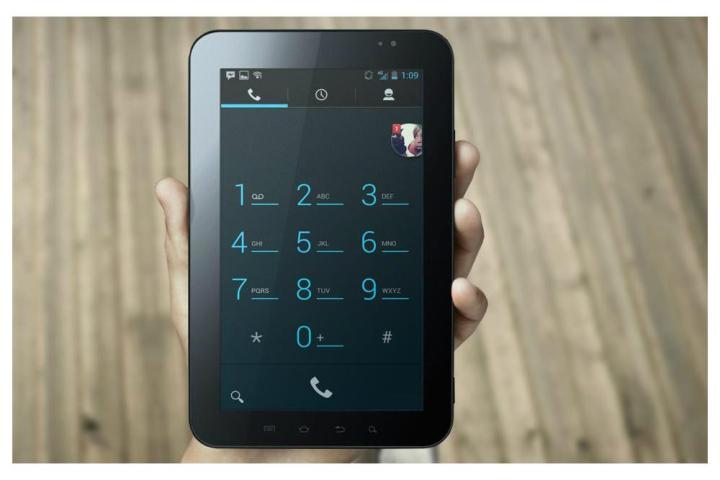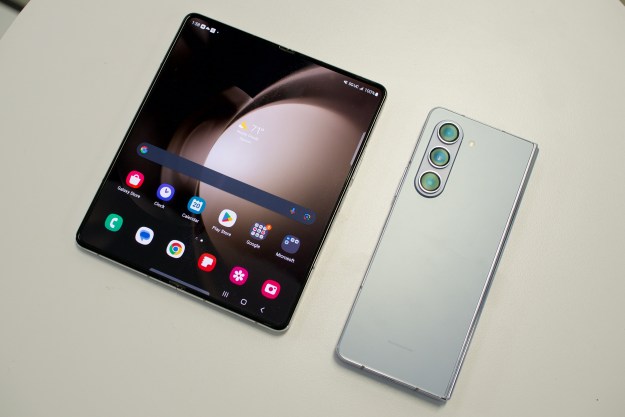
It seems like the phablet market could be about to draw the attention of tech companies to an even greater extent with new data from research firm IDC showing the large-phone-small-tablet form factor to be a big hit with consumers.
According to IDC’s research, sales of phablets – generally considered as a device with a screen larger than 5 inches though smaller than 7 – overtook those of portable PCs and tablets in the Asia-Pacific region (excluding Japan) from April to June this year.
In total, tech firms shipped 25.2 million phablets in the three month period, compared with 12.6 million tablets, and 12.7 million portable PCs.
For the phablet market, this marks a 100 percent jump quarter on quarter, and an increase of 620 percent – that’s 620 percent – for the same three-month period a year ago.
IDC points out in its analysis that it was Samsung that first got consumers interested in phablets with the 2011 launch of its 5.3-inch Galaxy Note. Building on its success, the Korean tech firm launched the 5.55-inch Note 2 a year ago and, more recently, the Galaxy Mega 6.3. This week the tech giant will unveil the Galaxy Note 3, expected to feature a 5.9-inch display.
“Phablets first started as a trend driven by mature markets like South Korea, Hong Kong and Singapore – and these markets continue to rise,” IDC’s Melissa Chau said in a release. “What’s changed now is the added pick up of phablets in emerging markets like China and India, not just the plethora of big-name vendors competing head-to-head with Samsung, but instead the low-cost local players who have swooped in to offer big screens for less money – averaging a retail price of US$220 versus Samsung’s US$557.”
Having seen its phablet market share drop from 90 percent two years ago to just under 50 percent now – in part due to the budget-priced alternatives – it’s thought Samsung could also launch a cheaper, more basic version of the Note 3 for emerging markets to try to claw back some of its lost share.
While the tech world may be split on whether phablets will fall by the wayside in the long-term or turn out to be the form factor of choice, IDC’s latest data suggests, at least for consumers in some parts of the world, a move towards the latter.
Editors' Recommendations
- Smartwatches are now more popular than fitness bands
- The new Apple Maps is now available in more than half of the U.S.
- Uber’s in-car shopping service now sells way more than just snacks
